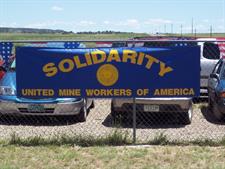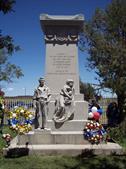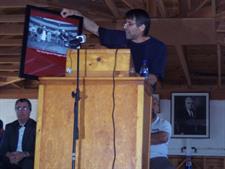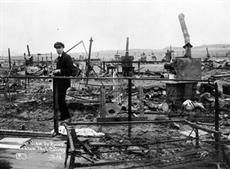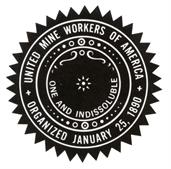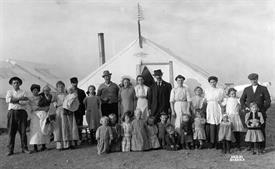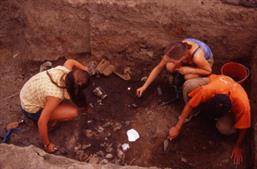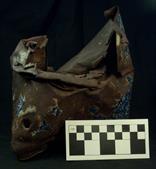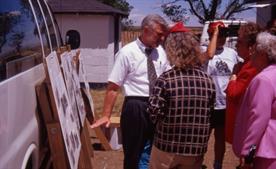
RANDALL H. MCGUIRE
Ludlow Massacre, Colorado
In April of 1914, class war raged in southern Colorado. Colorado
National Guard Troops fired machine guns into the tent camp of
striking miners and their families at Ludlow. Later that day,
they charged into the tents and set them afire. Nineteen people
died in the camp including two women and 11 children. The
next day, the troops huddled in the smoldering ruins of the camp
besieged by armed strikers. Other groups of strikers razed
company towns and killed company men. After 10 days, Federal
Troops intervened and found more than 70 people dead. The
killing of women and children by National Guard troops shocked
the nation, and helped turn management policies away from
direct confrontation with strikers to strategies of co-option of
workers’ demands. The massacre also created the perfect
archaeological site - a short term occupation destroyed by fire.
In 1996, Dean Saitta, Phillip Duke and I formed the Ludlow
Collective which ran The Archaeology of the Colorado Coal Field
War, 1913-1914 Project until 2006. The archaeologists of the
Ludlow Collective excavated in the camp and in the company
town of Berwind. We addressed a variety of communities that
include archaeologists, educators, and the children and
grandchildren of the strikers. The Ludlow collective worked in
collaboration with the United Mine Workers of America to create
a working class archaeology and to remind the American Public
Project Web Site: http://www.du.edu/ludlow/index.html
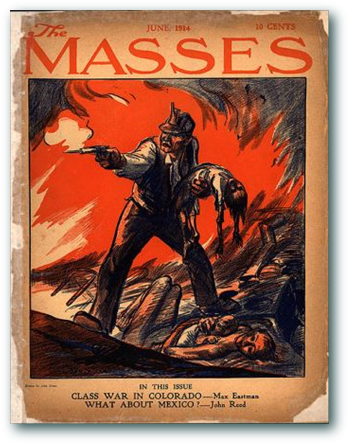
“I suppose I'll live a long time, but I don't see how I can ever be
happy again...I can't have my babies back. But perhaps when
everybody knows about them, something will be done to make
the world a better place for all babies."
Mary Petrucci: survivor of the Ludlow death pit.

Updated 7/9/2013
Ludlow Collective: Donna Bryant, Dan Brockman, Sarah Chicone, Bonnie Clark, Philip Duke, Amie Gray, Claire Horn, Michael Jacobson,Kristen Jones,
Karin Larkin, Jason Lapham, Randall McGuire, Summer Moore, Paul Reckner, Beth Rudden, Dean Saitta, Mark Walker, & Margaret Wood.RETURN




